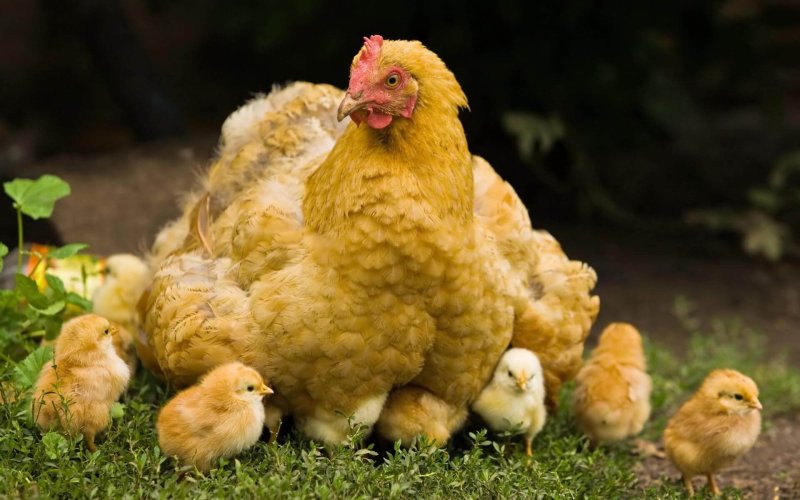In a radical plan to preserve rare varieties [of chicken breeds] such as the Nankin, Scots Dumpy and Sicilian Buttercup, scientists at the University of Edinburgh’s Roslin Institute have bred genetically modified chickens designed to act as surrogates that would be capable of laying eggs from any rare breed.
…
The surrogacy technique, which places a new, mind-bending twist on the classic chicken or egg question, involves first genetically engineering hens to be sterile. This is done by deleting a gene, called DDX4, that is required for the development of primordial follicles (the precursors to eggs) meaning that the surrogate hens will never lay eggs that are biologically their own.
A batch of sterile GM chicks hatched at the Roslin Institute in 2016, becoming the first genetically modified birds created in Europe.
…
[Richard] Broad [a field officer for the Rare Breeds Survival Trust] agreed that rare chickens could be a source of valuable genetic variation, potentially carrying variants that would provide resistance against new forms of avian flu. “It’s not what we’re protecting in the breeds that’s important, it’s what those breeds represent in their genes,” he said.The GLP aggregated and excerpted this blog/article to reflect the diversity of news, opinion, and analysis. Read full, original post: GM ‘surrogate hens’ could lay eggs of rare chicken breeds, scientists say































